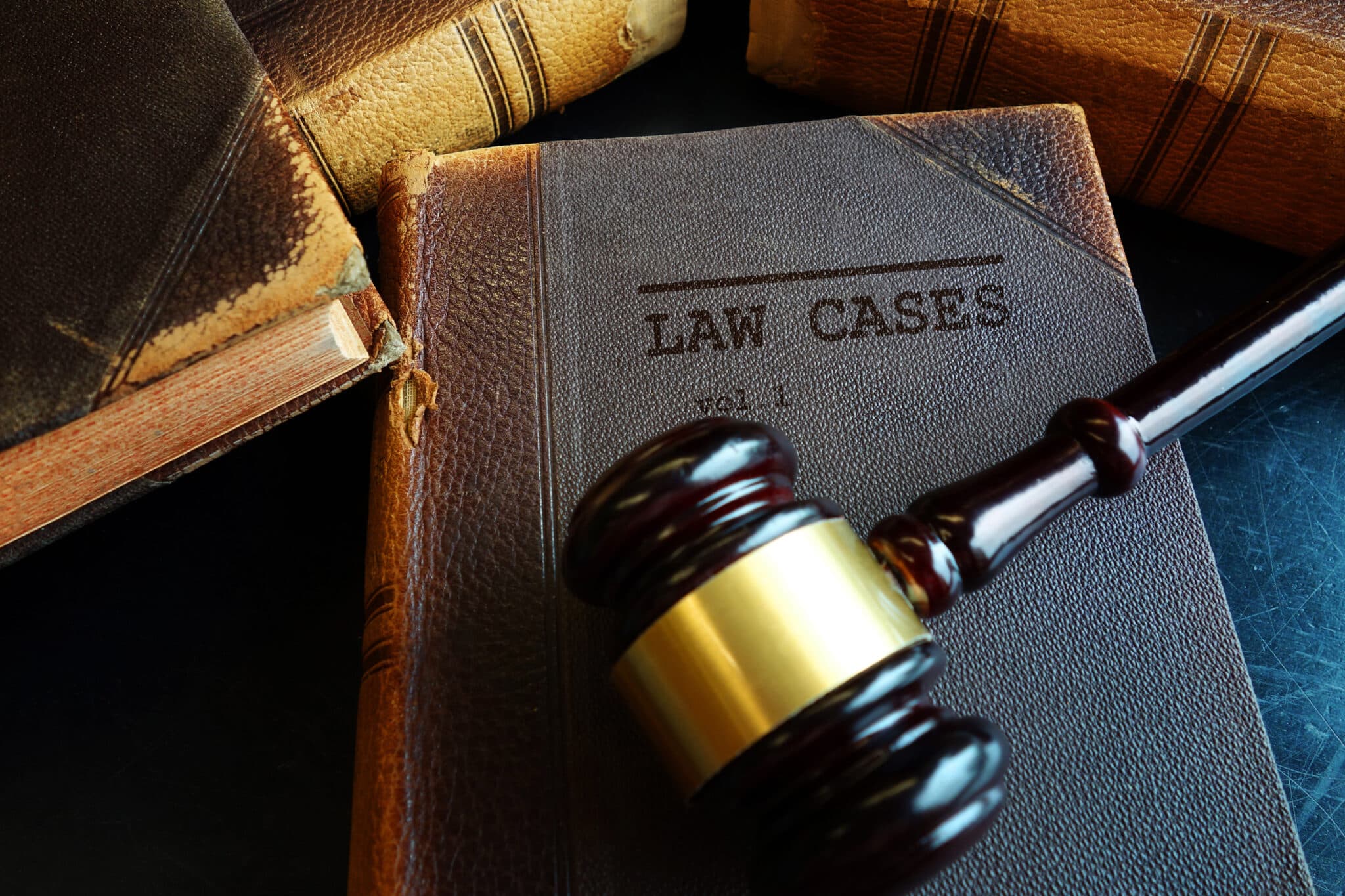Debunking the Refine of Federal Appeals: What You Required to Know
Browsing the elaborate realm of government allures can commonly feel like traversing uncharted waters for those unknown with the procedure. Recognizing the nuances of appellate court jurisdiction, the complexities of submitting a notice of appeal, offering an engaging brief, and making a convincing dental argument are essential components that can dramatically influence the outcome of an instance. By deciphering the layers of intricacy surrounding government allures, people can get a more clear insight right into the systems that govern this critical point of the legal system.
Recognizing Federal Appeals Refine
Exploring the complex realm of the federal appeals procedure unveils a organized and systematic journey with the judicial system. Federal allures work as a critical system for assessing choices made by lower courts. Comprehending this procedure is necessary for anybody involved in lawful process at the federal degree.
The procedure normally starts with an event disappointed with a reduced court's judgment submitting a notice of appeal. This triggers an evaluation by a higher court, where a panel of courts evaluates the legal debates provided by both events. Briefs outlining the lawful thinking behind each event's setting are sent, and oral arguments may be heard to clarify complicated problems.
The appellate court's decision is based on an extensive evaluation of the lower court's process and the disagreements offered. The judges do not reconsider realities however focus on whether lawful mistakes happened that affected the reduced court's decision. As soon as the appellate court gets to a choice, it can verify, reverse, remand, or modify the reduced court's ruling, offering quality and finality to the lawful conflict. Comprehending this procedure is crucial for browsing the complexities of federal allures efficiently.
Appellate Court Territory Discussed
Appellate court jurisdiction refers to the range of situations that a certain appellate court has the power to determine and evaluate upon. Unlike test courts that listen to instances for the first time, appellate courts are limited to reviewing decisions made by lower courts.
Appellate courts have jurisdiction over specific sorts of instances, typically those including legal mistakes, step-by-step concerns, or questions of law instead of valid conflicts. The territory of appellate courts is usually detailed in laws and laws that govern the court system. Comprehending appellate court jurisdiction is critical for parties included in the charms process as it establishes whether an instance is qualified for review and the degree to which the appellate court can interfere in the reduced court's choice.
Filing a Notice of Charm
The preliminary step in starting the federal appeals process entails filing a Notice of Allure with the proper appellate court. This crucial paper formally alerts the court and the various other parties associated with the instance that the appealing party intends to seek a review of the reduced court's choice. Filing a Notice of Appeal is a strict step-by-step requirement that establishes the appellate procedure moving.
When preparing the Notification of Allure, it is important to make sure conformity with the details regulations and standards of the pertinent appellate court. federal appeal attorneys. The record must usually consist of information such as the situation name, the reduced court's name, the date of the judgment being appealed, oregon federal appeal lawyers and a succinct declaration showing the grounds for the allure

Rundown and Dental Disagreement
In the appellate procedure, offering written briefs and involving in dental arguments play crucial duties in supporting for the appealing party's setting before the appellate court. Briefs are detailed legal papers that detail the celebrations' debates, lawful authorities, and evaluation sustaining their positions. These written submissions supply the court with a thorough understanding of the truths of the case, the appropriate law, and why the appealing party thinks the reduced court's decision need to be reversed.
Complying with the submission and testimonial of the briefs, dental disagreements use the parties a possibility to additional clarify their positions, attend to any concerns the appellate judges may have, and highlight bottom lines from their created briefs. Dental disagreements are an opportunity for the lawyers to persuade the courts through verbal advocacy and responses to questions from the bench.
Both the written briefs and dental arguments are important components of the appellate procedure, enabling celebrations to provide their situation completely and compellingly prior to the appellate court. - federal appeal lawyers
Receiving the Appellate Court Decision
Upon completion of oral debates and submission of written briefs, the next pivotal phase in the appellate process includes waiting for the crucial judgment from the appellate court. This period of anticipation can be loaded with a mix of stress and anxiety and expect events included in the charm. The appellate court's choice is commonly supplied in a written format and lays out the court's final thoughts on the legal concerns provided, the reasoning behind their decision, and the judgment made. The time structure for receiving the appellate court's choice can differ, however courts make every effort to provide timely resolutions. Once the choice is provided, events should meticulously examine the court's ruling to understand the outcome and figure out any further actions that might be necessary. Whether the appellate court attests, reverses, or remands the lower court's decision, recognizing the ramifications of the ruling is crucial for all celebrations associated with the appellate procedure. Promptly evaluating and understanding the appellate court's decision is crucial in navigating the next steps in the legal process.
Final Thought
Comprehending the appellate court territory, submitting a notification of appeal, preparing briefs, and offering oral disagreements are all important components of this procedure. Ultimately, getting the appellate court choice can offer quality and resolution to lawful disagreements.
As we progress from comprehending the federal charms procedure to exploring the intricacies of appellate court territory, an essential element comes to light concerning the authority and limits of these higher courts in the lawful landscape. Appellate court jurisdiction refers to the range of cases that a specific appellate court has the power to make a decision and evaluate upon. Unlike trial courts that listen to situations for the first time, appellate courts are limited to evaluating choices made by reduced courts. Comprehending appellate court territory is important for parties entailed in the allures process as it determines whether a situation is eligible for evaluation and the degree to which the appellate court can intervene in the lower court's decision.
